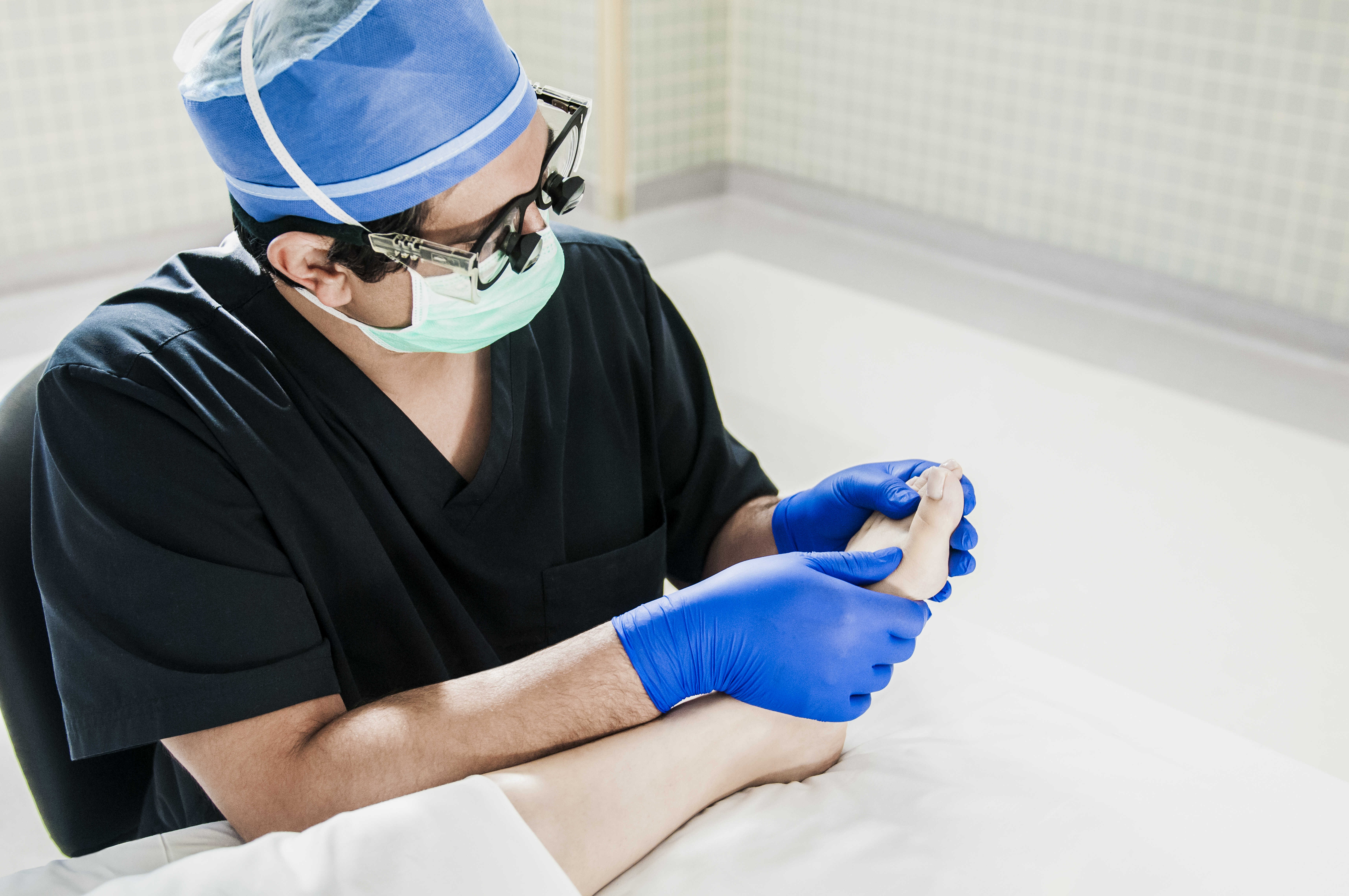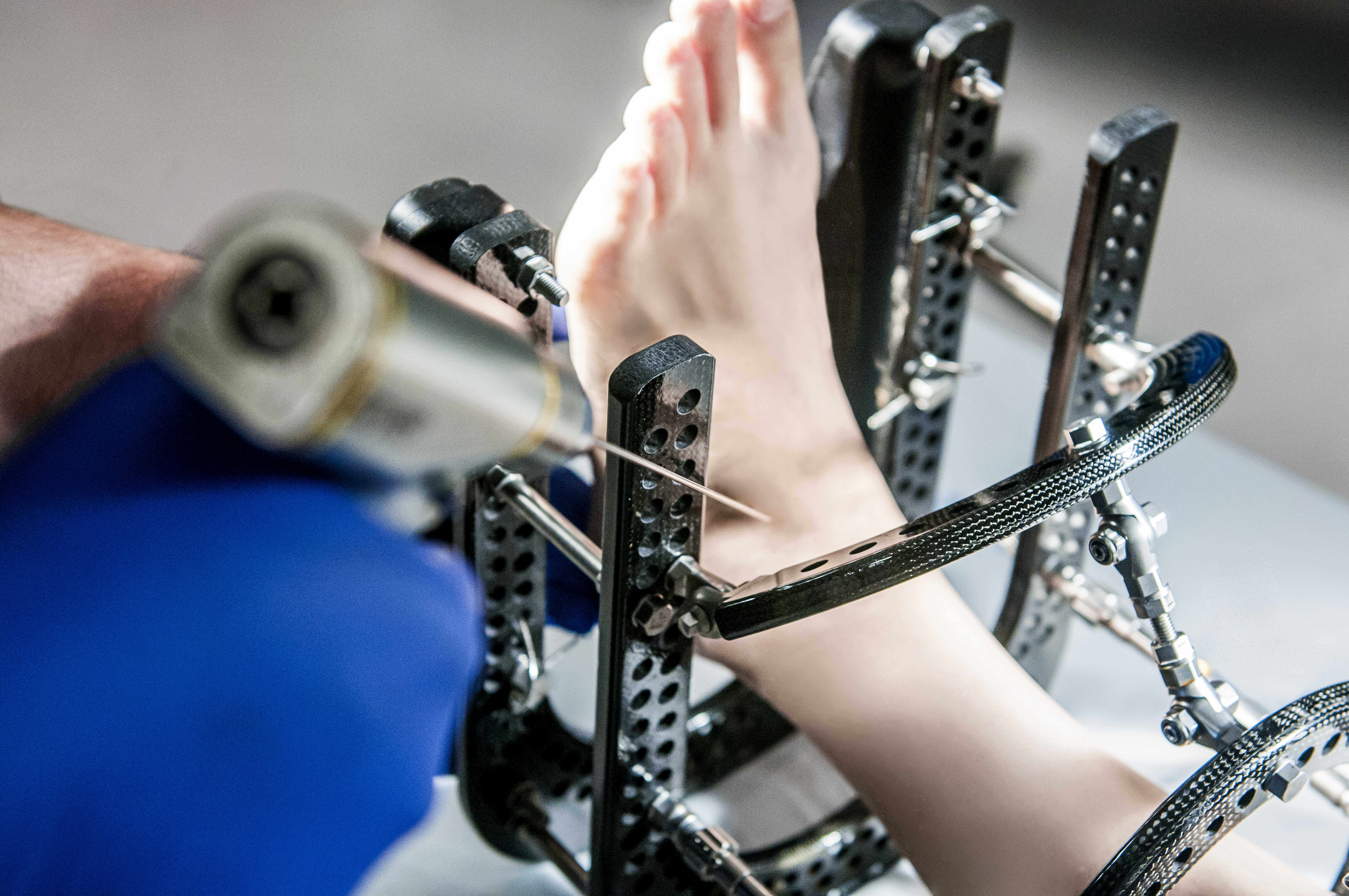
What Is Flatfoot? Oxnard CA
Flatfoot is often a complex disorder, with diverse symptoms and varying degrees of deformity and disability. There are several types of flatfoot, all of which have one characteristic in common: partial or total collapse (loss) of the arch.
Other characteristics shared by most types of flatfoot include:
- “Toe drift,” in which the toes and front part of the foot point outward
- The heel tilts toward the outside and the ankle appears to turn in
- A tight Achilles tendon, which causes the heel to lift off the ground earlier when walking and may make the problem worse
- Bunions and hammertoes may develop as a result of a flatfoot.
Symptoms:
Symptoms, which may occur in some persons with flexible flatfoot, include:
- Pain in the heel, arch, ankle, or along the outside of the foot
- “Rolled-in” ankle (over-pronation)
- Pain along the shin bone (shin splint)
- General aching or fatigue in the foot or leg
- Low back, hip or knee pain.
Diagnosis:
In diagnosing flatfoot, the foot and ankle surgeon examines the foot and observes how it looks when you stand and sit. X-rays are usually taken to determine the severity of the disorder. If you are diagnosed with flexible flatfoot but you don’t have any symptoms, your surgeon will explain what you might expect in the future.
When is Surgery Necessary?
In some patients whose pain is not adequately relieved by other treatments, surgery may be considered. A variety of surgical techniques is available to correct flexible flatfoot, and one or a combination of procedures may be required to relieve the symptoms and improve foot function. In selecting the procedure or combination of procedures for your particular case, the foot and ankle surgeon will take into consideration the extent of your deformity based on the x-ray findings, your age, your activity level, and other factors. The length of the recovery period will vary, depending on the procedure or procedures performed.



